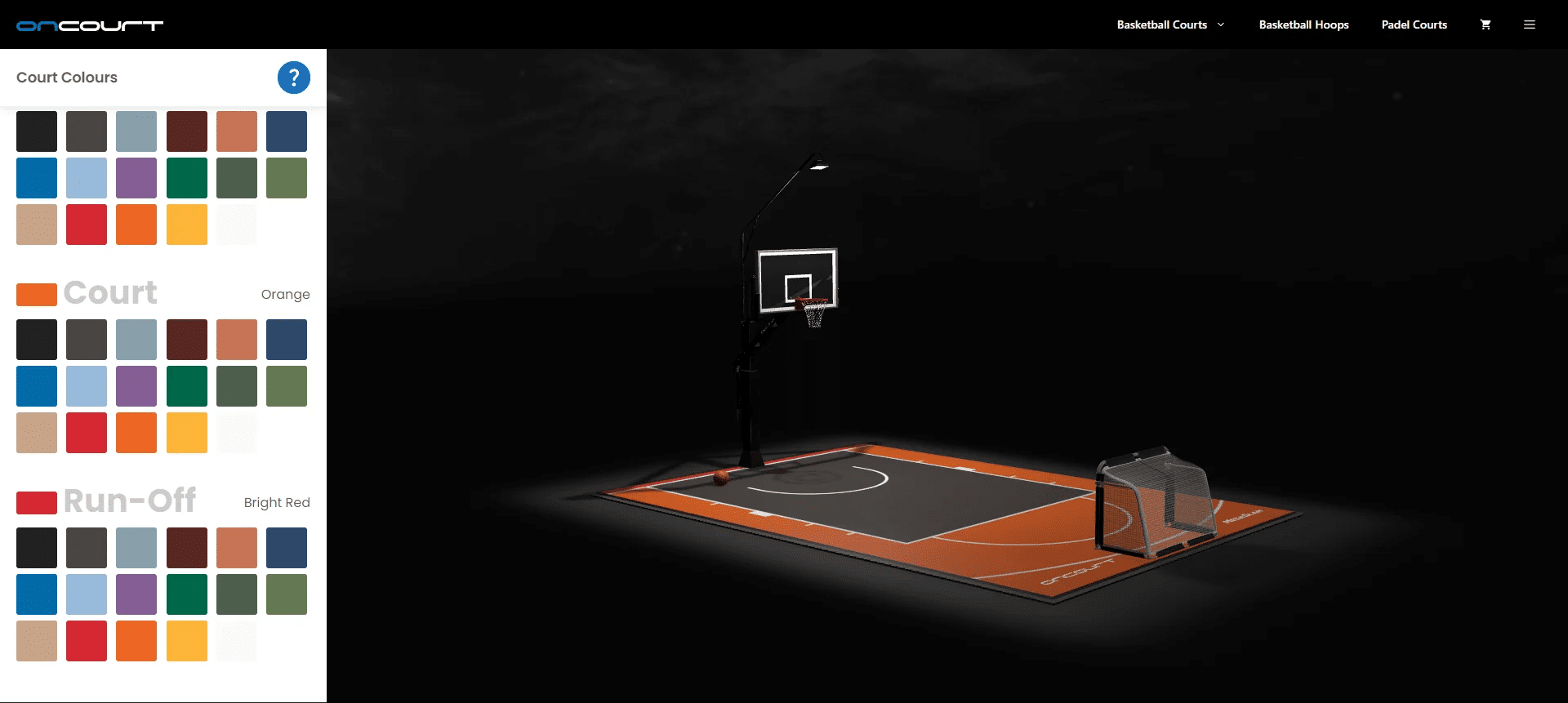What is 3D Imaging and How Does This Technology Work?
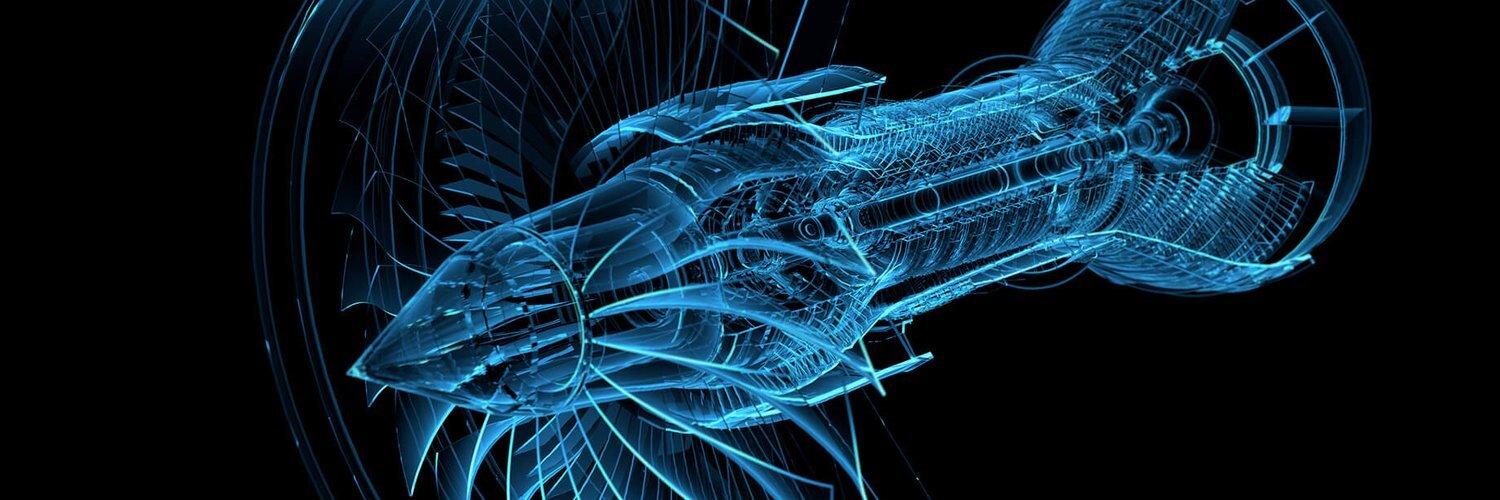

3D imaging technology involves creating a three-dimensional image of an object. This process uses specialized equipment to capture multiple pictures from different angles, which are then combined into one image.
3D imaging can be used for various purposes, such as creating medical images, studying archaeological artifacts, or making movies and video games. Unlike regular photography, 3D imaging technology uses multiple cameras arranged to capture the object from different perspectives.
First, instead of a single camera to take a picture, 3D imaging technology uses multiple cameras. These cameras are arranged in a specific way to capture the object from different angles.
Second, the images taken by the cameras are not combined into one final image right away. Instead, they are first processed by a computer. This image processing step is necessary to create a three-dimensional image.
Finally, once the computer has processed the images, they are combined into a single 3D image. This final image can be viewed from any angle, like a real object.
3D imaging technology has many different applications. For example, it can be used to create medical images, such as X-rays or CT scans. It can also be used to study archaeological artifacts or make movies and video games.
MRI uses magnetic fields and radio waves to create detailed images of the inside of the body. It is beneficial for diagnosing problems with the brain and spinal cord. XCT uses X-rays to create three-dimensional images of the inside of the body. It is less expensive than CT, but does not provide as much detail.
3D imaging technology has many uses. For example, it can help diagnose diseases, plan surgeries, and create prosthetic devices. It can also be used to create models of objects for engineering and manufacturing purposes.
What is 3D imaging?
3D imaging is the process of creating a three-dimensional image of an object. It involves using unique cameras and software to capture photos and create a three-dimensional model of the object. 3D imaging can be used for various applications, including medical imaging, architectural rendering, and product design.
The process of creating a 3D image begins with capturing two-dimensional images from multiple viewpoints. These images are then fed into special software that reconstructs the object’s three-dimensional shape. Finally, the software uses algorithms to calculate the distance between the points on the object and create a three-dimensional model.
3D imaging can be used for a variety of applications. For example, 3D imaging is used in medicine for diagnostic purposes, such as CT scans and MRI. It can also be used for treatment planning, such as radiation therapy. In architecture, 3D imaging is used to create renderings of proposed buildings. And in product design, 3D imaging is used to create prototypes of products.
3D imaging technology is constantly evolving, and new applications are continually being found. As technology improves, it will become increasingly valuable in various fields.
Types of 3D imaging


3D structured light – 3D structured light uses a projected light pattern to create a three-dimensional image of an object. The design is projected onto the object, and a camera is used to capture the deformation of the light. This information is then used to create a 3D model of the object.
Structured light is generally considered more accurate than other methods of 3D imaging, such as laser scanning. It is also less expensive and more portable, making it a popular choice for many applications.
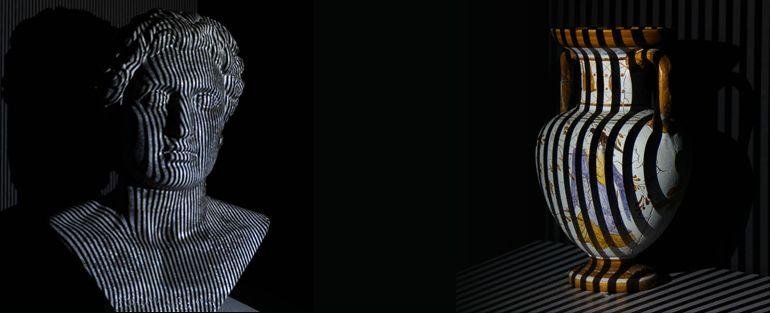

3D laser imaging – also known as 3D laser scanning, 3D laser imaging is the process of creating a three-dimensional image of an object or environment. This technology uses a laser to create a detailed, point-by-point map of an area or object. As a result, 3D laser scanning can create highly accurate images of objects or environments.
The benefits of using this technology include:
- The ability to create highly detailed images;
- The ability to scan large areas;
- The ability to create 3D models that can be used for engineering or other purposes.
Additionally, 3D laser scanning can be used to create virtual reality environments.
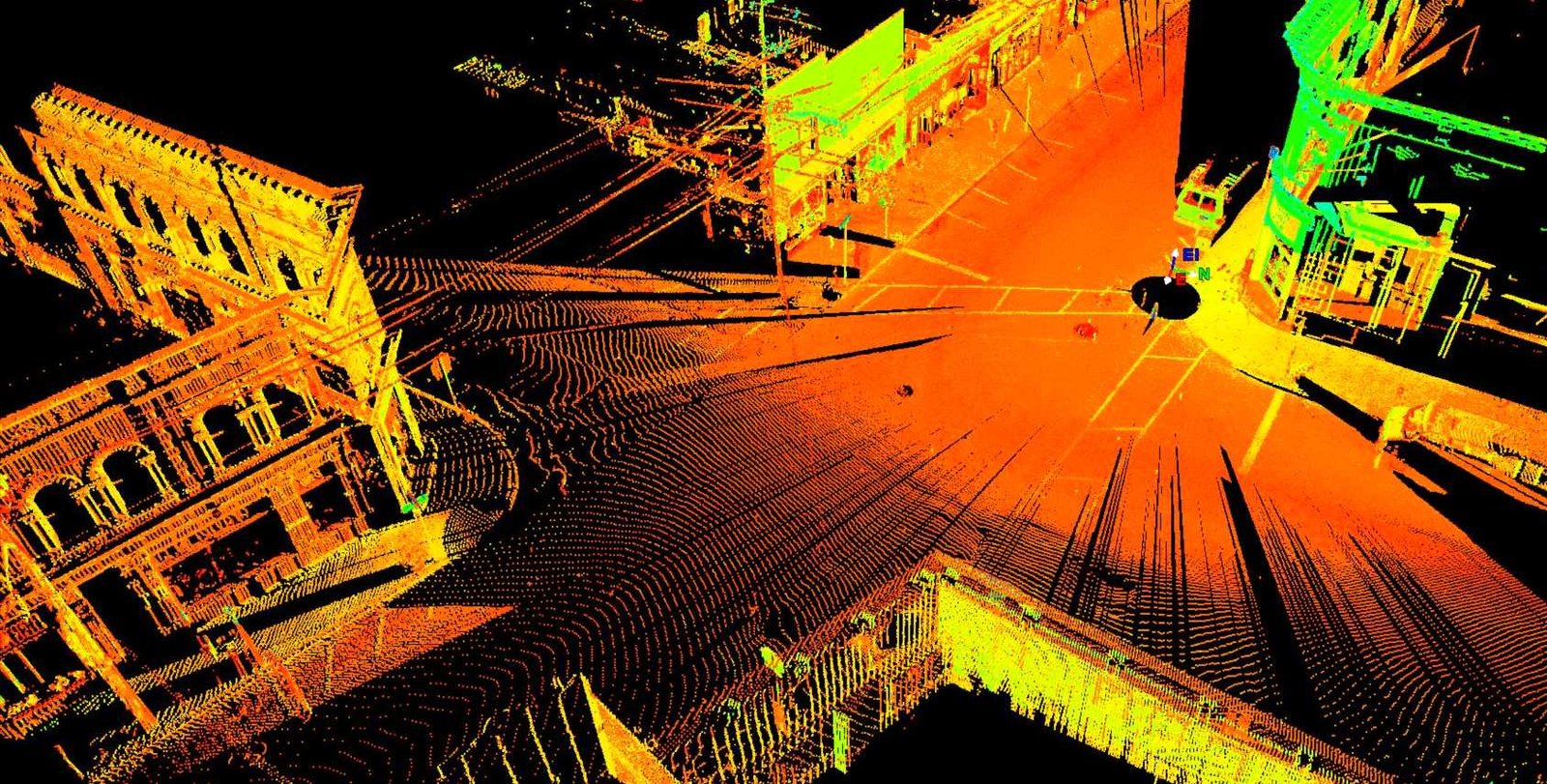

CT imaging – CT, or computed tomography, is a type of medical imaging that uses special X-ray equipment to create detailed images of the inside of the body. The images created by CT are more precise and accurate than traditional X-ray, allowing to enhance patient care. CT scans are often used to diagnose cancer because they can show the size, shape, and location of a tumor. In addition to cancer detection, CT scans are invaluable for assessing various conditions in the human body, including lung, liver, kidney, or heart problems. This technology plays a critical role in surgical planning by providing comprehensive views of the anatomical structures, which aids surgeons in preparing for complex procedures. Moreover, CT imaging complements other techniques such as magnetic resonance imaging (MRI) to provide a more holistic view of patients health, ultimately contributing to better patients care outcomes.


3D X-ray imaging – 3D X-ray imaging technology is the process of creating a three-dimensional representation of an object. This is achieved by using special equipment to capture multiple images from different angles and then combining them to create a single, high-resolution three-dimensional image. In the medical field, 3D X-ray imaging technology is particularly valuable as it allows for detailed visualization of the internal structures of the body. The process relies on X-ray absorption, where different tissues absorb X-ray at different rates, providing contrast and detail in the resulting images. This technology greatly enhances the capabilities of radiologists in diagnosing and analyzing various medical conditions. Moreover, 3D X-ray imaging is instrumental in surgical planning, as it provides surgeons with a comprehensive view of the patient’s anatomy, enabling precise and effective surgical interventions. Beyond medical applications, 3D X-ray imaging is also used in security and surveillance, as well as in the creation of accurate models for 3D printing. This advanced imaging technology significantly improves medical care by providing clearer and more detailed images for medical professionals to work with.
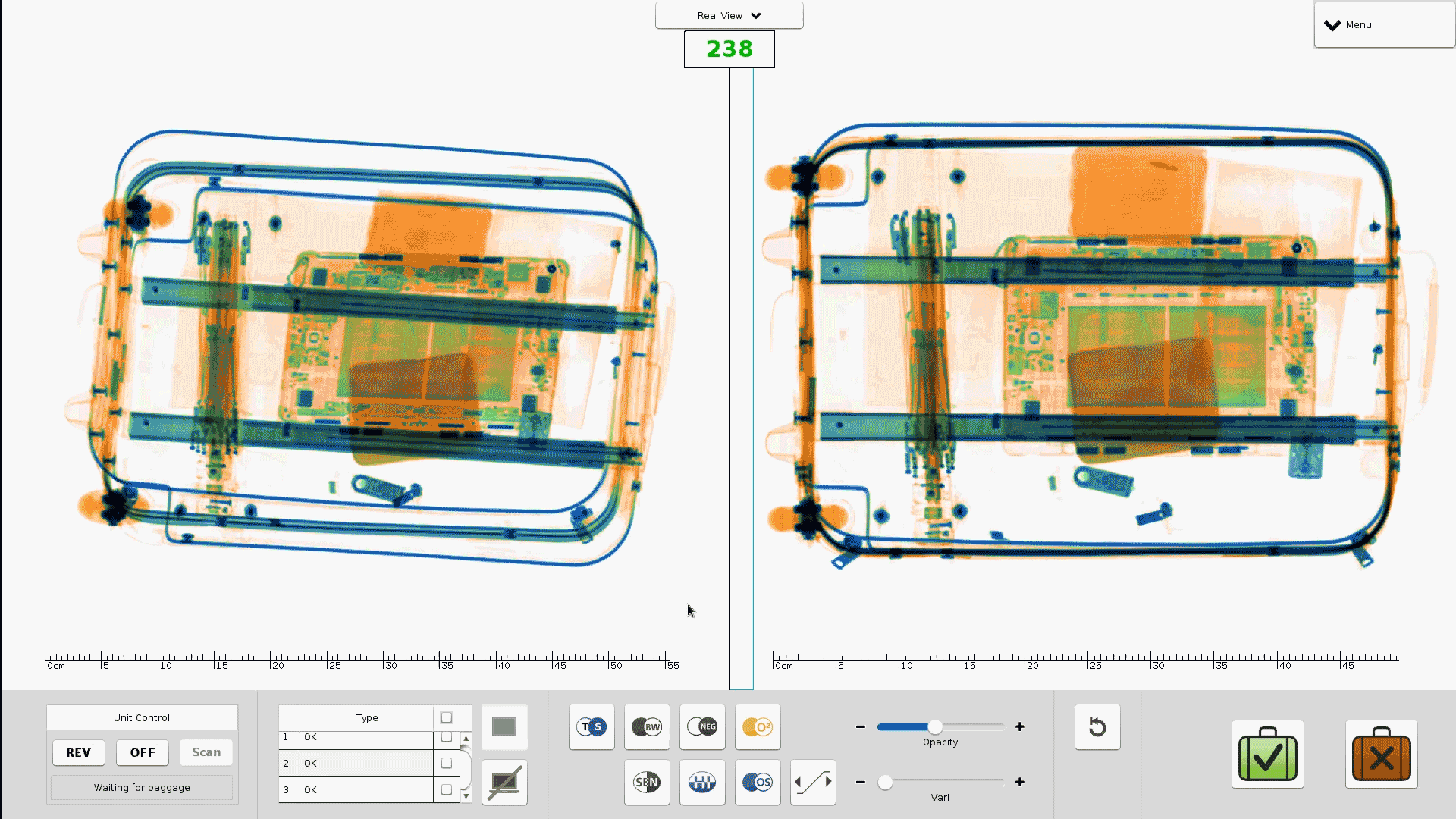

How is 3D imaging implemented?
3D imaging technology has a variety of uses. In medicine, it is used to create images of the human body for diagnosis and treatment. In engineering, it is used to create models of objects for testing and analysis. In manufacturing, it is used to create prototypes of products.
3D imaging technology has revolutionized many industries. It has made it possible to create images of objects too small to be seen with the naked eye. But, it has also made it possible to create pictures of things too large to be contained in a laboratory.
3D imaging technology has many benefits. It is accurate, precise and fast. It can be used to create images of complex objects. It can also be used to create images of objects in motion. However, 3D imaging technology has some limitations. It is expensive. It requires specialized equipment. It also requires trained personnel to operate the equipment. Despite its limitations, 3D imaging technology is a powerful tool used in various fields.
What to do if you need 3D imaging services
One potential problem you may encounter when making a 3D image is that the final print may not look realistic. This is because the software used to create 3D images is not perfect and can sometimes create images that are distorted or have strange artifacts.
Another problem is that it can be challenging to get the lighting right when creating a 3D image. Again, the light must be captured from all angles to achieve a realistic appearance.
You can entrust the 3D imaging process to the CyberFox professional team.
3D imaging processing with CyberFox
CyberFox makes 3D image processing based on drawings, sketches, and photographs. We help implement any project, from modeling parts for production to creating an architectural model. Use the callback order service, and we will tell you the deadline for completing the order and the cost of 3D imaging processing.


Punctuality
We give you a realistic assessment of the work completion time. You always get the job right on time.


Flexibility
Based on your project, we will suggest how to achieve the best result. Just send the materials you have.


Knowledge
Our experience and knowledge allow us to offer the best solutions to show your ideas. If you have questions, just ask.


Speed
We perfectly understand when you need visualizations urgently. We work fast.


Experience
We share our expert opinion on how best to present your project because we care.


Saving time
You do not need to understand the software or 3D imaging technology. Everything is available at CyberFox.
3D imaging benefits
3D imaging technology has become increasingly popular in recent years, with many industries using it to create three-dimensional (3D) images of products, people, and landscapes. This type of imaging can be used for scientific and artistic purposes, and its applications are continually expanding.
Here, 3D imaging technology has several benefits over traditional 2D imaging. 3D images provide a more realistic representation of an object, making it easier to identify features and flaws.
Additionally, 3D images can be rotated and viewed from multiple angles, allowing for a complete inspection. Finally, 3D images can be stored and shared electronically, making it easy to share information with colleagues or clients.
Conclusion
3D imaging technology offers a way to create realistic images of objects or people. This type of imaging can be used for personal and commercial purposes, and there are several different ways to create 3D images.
Several different software programs can be used to create 3D images. These programs often use a combination of methods, such as scanning and printing, to create realistic images.
CyberFox has developed its own proprietary software that takes thousands of photos of an object from different angles and then stitches them together to create 3D images.
we reply in 1 day







